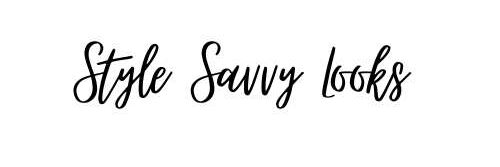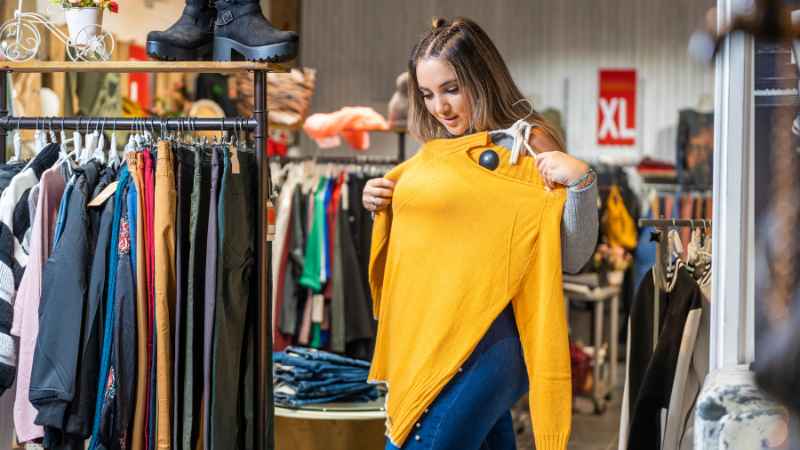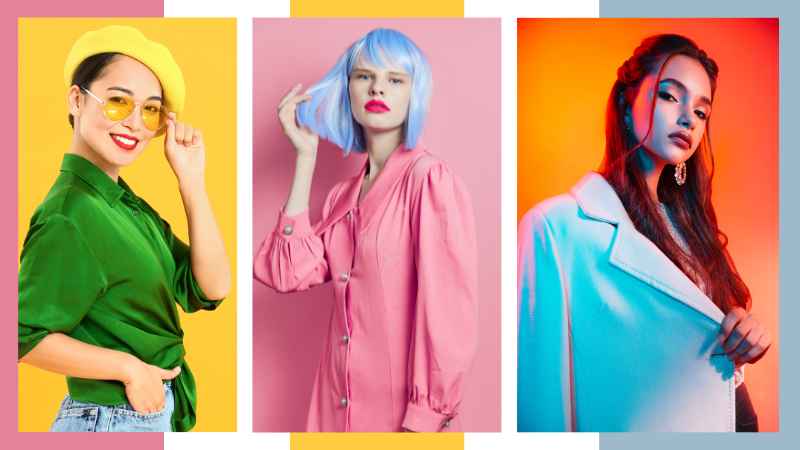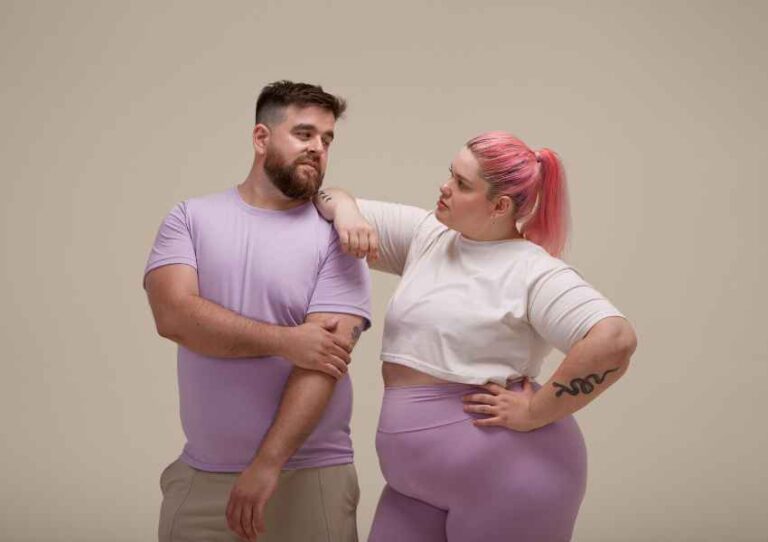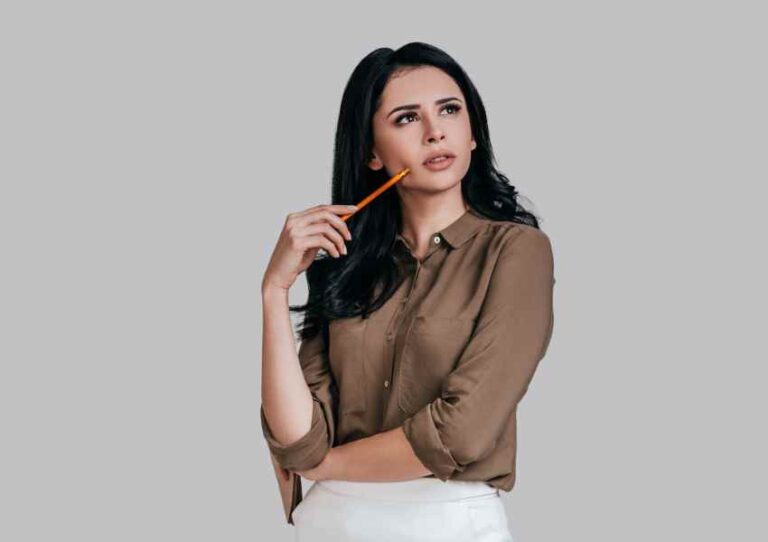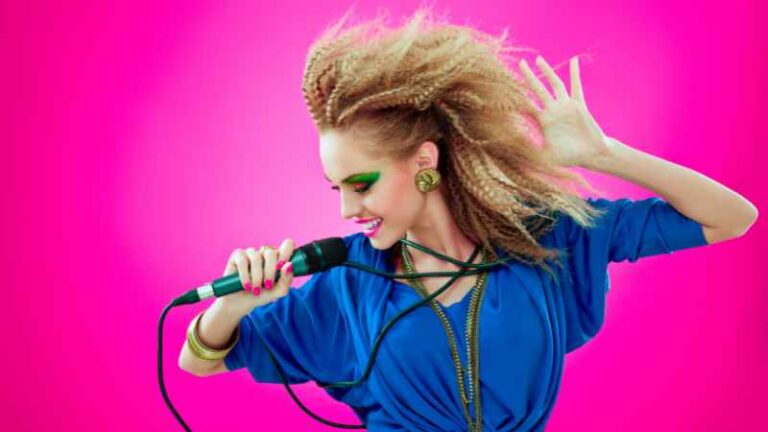Fashion forecasting is an art that combines trends, culture, and commerce to predict the future of the fashion industry. It goes beyond simply following the latest fashion trends; it involves analyzing societal changes, cultural shifts, and economic factors to anticipate what styles and designs will resonate with consumers in the coming seasons. Fashion forecasting plays a crucial role in the success of fashion brands and retailers, as it helps them make informed decisions about what products to create, how to market them, and where to invest their resources.
Fashion forecasting is a dynamic process that involves analyzing trends, culture, and commerce to predict the future of the fashion industry. By understanding the ever-changing societal landscape, fashion forecasters can anticipate the desires and needs of consumers, allowing brands and retailers to stay ahead of the curve. Through a combination of research, data analysis, and intuition, fashion forecasters can identify emerging trends and translate them into tangible products that will resonate with consumers. This helps fashion businesses make informed decisions about what to create, how to market it, and ultimately, how to succeed in the competitive fashion market.
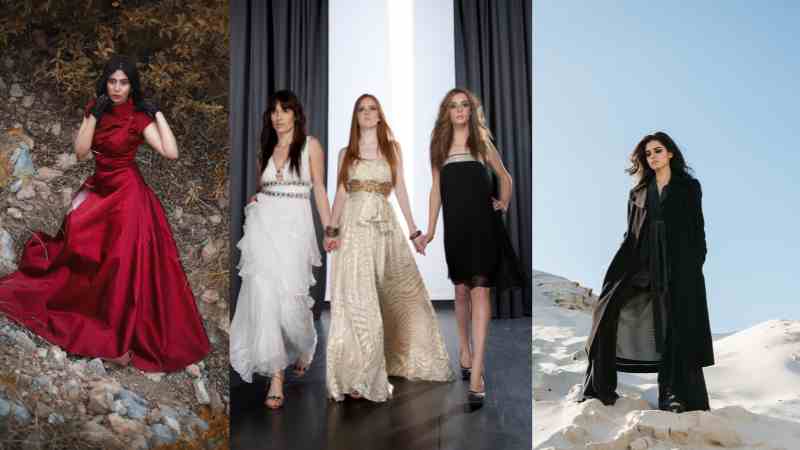
What Is Fashion Trend and Forecasting?
A fashion trend refers to the popular styles or designs that people follow in clothing, accessories, footwear, or even hairstyles. It is a way for individuals to express their personality, culture, or social status through their appearance. Fashion trends are constantly changing and evolving, influenced by various factors such as cultural movements, celebrity endorsements, and social media.
Forecasting in fashion refers to the process of predicting upcoming trends or styles. It involves analyzing current market trends, consumer behavior, and fashion indicators to anticipate what will be popular in the future. Fashion forecasters use various methods, such as studying runway shows, analyzing street style, conducting consumer surveys, and monitoring social media, to identify emerging trends.
Forecasting is essential for the fashion industry, as it helps designers, retailers, and manufacturers make informed decisions about their product offerings. It allows them to stay ahead of the competition and cater to the ever-changing demands of consumers. By accurately predicting fashion trends, companies can align their production, marketing, and distribution strategies to maximize sales and profitability.
What Are the Types of Fashion Trend Forecasting?
Fashion trend forecasting is the process of predicting upcoming fashion trends and styles. It helps fashion designers, retailers, and brands stay ahead of the curve and create collections that resonate with consumers. There are several types of fashion trend forecasting that professionals use to analyze and predict trends.
One type of fashion trend forecasting is color forecasting. This involves predicting the colors that will be popular in the upcoming seasons. Color forecasting takes into account factors such as cultural influences, consumer preferences, and market research. It helps designers determine which hues to incorporate into their collections and how to create color palettes that will appeal to consumers.
Another type of fashion trend forecasting is silhouette forecasting. Silhouette refers to the overall shape and structure of a garment. Silhouette forecasting involves predicting the types of silhouettes that will be popular in the future. This could include predicting whether loose or fitted styles will be in demand or whether certain shapes, such as A-line or oversized, will dominate the fashion scene. Silhouette forecasting helps designers create garments that are on-trend and appealing to consumers.
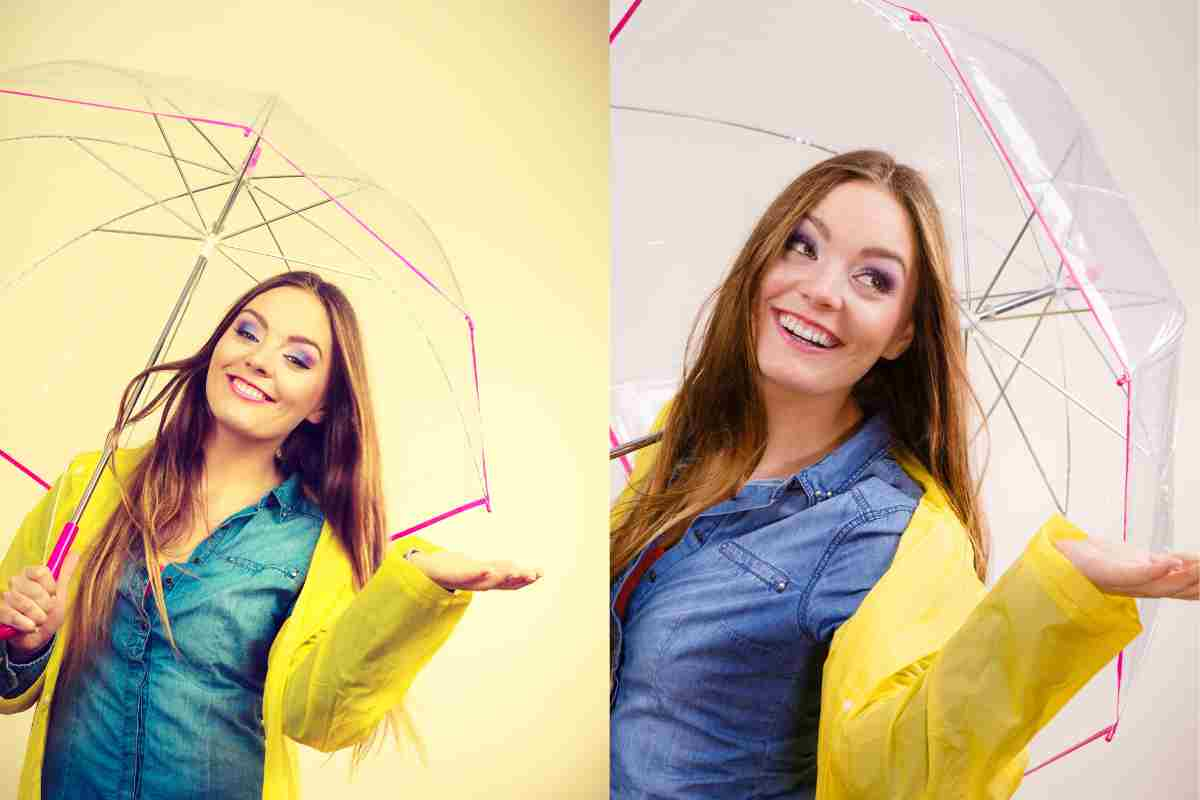
What are the fashion forecasts for 2023?
Fashion forecasts for 2023 suggest some exciting trends and styles to look forward to. One key trend expected to dominate the fashion scene is sustainability. As the world becomes more conscious of the environment, fashion brands are embracing eco-friendly materials and production methods. Expect to see an increase in the use of organic fabrics, recycled materials, and sustainable manufacturing practices in clothing and accessories.
Another trend that is predicted to make a statement in 2023 is the return of bold and vibrant colors. After a period of minimalism and neutral tones, fashion forecasters believe that fashion enthusiasts will embrace vivid and eye-catching hues. From electric blues and fiery reds to neon greens and sunny yellows, expect to see a burst of color in clothing, shoes, and accessories.
Lastly, fashion forecasts for 2023 also indicate a rise in experimental and unconventional styles. Designers are expected to push boundaries and challenge traditional fashion norms. This could mean avant-garde silhouettes, unexpected fabric combinations, and innovative garment construction techniques. Fashion enthusiasts can look forward to embracing their individuality and expressing themselves through unique and daring fashion choices.
What are the trends for WGSN?
WGSN, or World Global Style Network, is a renowned trend forecasting company that provides insights and analysis in various industries. As we look ahead, WGSN has identified several key trends that are expected to shape the future of fashion, beauty, and lifestyle.
One of the prominent trends for WGSN is sustainability. With increasing awareness about environmental issues, consumers are demanding more eco-friendly and ethical products. Brands are expected to adopt sustainable practices throughout their supply chain, from sourcing raw materials to manufacturing and packaging. This trend also includes the rise of circular fashion, where products are designed to be reused, recycled, or repurposed, reducing waste and promoting a more sustainable industry.
Another trend is the intersection of technology and fashion. As technology continues to advance, we can expect to see innovations such as smart clothing, wearable devices, and augmented reality (AR) experiences. These tech-infused fashion products offer new functionalities and enhance the overall consumer experience. Additionally, digital platforms and social media will play a significant role in shaping fashion trends, with influencers and online communities impacting consumer preferences and purchasing decisions.
More Post: The Influence Of Street Style On Fashion Cultures
Fashion Forecasting
Fashion forecasting is a crucial aspect of the fashion industry that involves predicting upcoming trends, understanding cultural influences, and analyzing consumer behavior. It helps designers, retailers, and marketers make informed decisions about their collections, ensuring they stay ahead of the curve and meet consumer demands. When it comes to fashion forecasting for 2023, industry experts are predicting several key trends that will shape the fashion landscape.
One of the major trends for 2023 is sustainability and conscious consumerism. As people become more aware of the environmental impact of fast fashion, there is a growing demand for ethically produced, eco-friendly clothing. Designers are expected to focus on using sustainable materials, implementing ethical practices, and adopting circular fashion approaches.
Another trend for 2023 is the fusion of technology and fashion. With advancements in wearable technology, designers are incorporating smart features into their garments, such as built-in sensors, interactive fabrics, and augmented reality experiences. This integration of technology not only enhances functionality but also creates unique and innovative fashion pieces.
In terms of cultural influences, global fashion is becoming more inclusive and diverse. Designers are increasingly embracing different cultures, celebrating diversity, and promoting inclusivity on the runway and in their collections. This trend is expected to continue in 2023, with a focus on representing a wide range of ethnicities, body types, and genders.
Overall, fashion forecasting for 2023 highlights the importance of sustainability, technology integration, and inclusivity. These trends reflect the changing values and preferences of consumers as well as the industry’s commitment to creating a more responsible and diverse fashion landscape. By staying informed and adapting to these trends, fashion professionals can ensure they remain relevant and successful in the ever-evolving industry.
More Post: Unlocking The Secrets Of Style: A Guide To Savvy Looks
Trend-forecasting companies
Fashion forecasting is a crucial aspect of the fashion industry that involves predicting upcoming trends in fashion, taking into account various factors such as culture, consumer behavior, and market demand. Trend forecasting companies play a significant role in this process, providing valuable insights and analysis to fashion brands and retailers.
These companies employ a variety of methods to gather information and analyze data to identify emerging trends. They closely monitor fashion shows, runway collections, and street style to observe the latest designs, colors, and patterns. Additionally, they conduct extensive market research and analyze consumer behavior to understand changing preferences and demands.
One of the key services provided by trend-forecasting companies is trend analysis and prediction reports. These reports outline the upcoming trends, including colors, fabrics, silhouettes, and styles, that are expected to dominate the fashion industry. By utilizing these reports, fashion brands and retailers can align their product offerings with the latest trends, ensuring that they stay ahead of the competition and meet consumer expectations.
Trend-forecasting companies also offer consulting services, helping fashion brands and retailers develop their collections and marketing strategies. They provide guidance on product development, including design direction, fabric selection, and pricing strategies. Additionally, they offer insights into consumer behavior and market trends, enabling companies to make informed business decisions.
Overall, trend forecasting companies play a vital role in the fashion industry by providing valuable information and analysis on upcoming trends. By utilizing their services, fashion brands and retailers can stay relevant in a highly competitive market and meet the ever-changing demands of consumers.
More Post: The Significance of Fashion in Pop Culture
Trends
Fashion forecasting plays a crucial role in the fashion industry, as it helps designers, retailers, and marketers anticipate upcoming trends and consumer preferences. One popular resource for fashion forecasting is WGSN Trends, a leading trend-forecasting platform. WGSN Trends provides valuable insights into the latest fashion trends, cultural influences, and commercial opportunities.
WGSN Trends is known for its comprehensive analysis of global fashion trends. It covers a wide range of categories, including clothing, accessories, footwear, and beauty. By analyzing runway shows, street style, social media, and consumer behavior, WGSN Trends identifies emerging trends and predicts their impact on the fashion market. This information is invaluable for designers who want to stay ahead of the curve and create collections that resonate with consumers.
In addition to trend analysis, WGSN Trends also explores the cultural influences shaping the fashion industry. It examines factors like art, music, film, and social movements to understand how these elements impact fashion trends. By understanding the cultural context behind fashion, designers and retailers can create more authentic and relevant products that resonate with consumers on a deeper level.
From a commercial perspective, WGSN Trends offers insights into market opportunities and consumer preferences. It provides data on consumer demographics, buying patterns, and emerging markets, helping brands tailor their strategies to target specific customer segments. By understanding the market dynamics, brands can make informed decisions about pricing, distribution, and marketing.
Overall, WGSN Trends is a valuable resource for fashion professionals looking to stay informed about the latest trends, cultural influences, and commercial opportunities. By leveraging this platform, designers and retailers can make data-driven decisions and stay competitive in the ever-evolving fashion industry.
In conclusion, fashion forecasting plays a pivotal role in the ever-evolving world of fashion. By analyzing trends, understanding cultural influences, and observing the intersection of commerce and style, fashion forecasters provide invaluable insights for designers, retailers, and consumers alike. This dynamic field not only shapes the direction of the fashion industry but also reflects broader societal shifts and aspirations.
As we navigate a rapidly changing global landscape, fashion forecasting serves as a compass, guiding us through the complexities of style and culture. It bridges the gap between creativity and commerce, offering a glimpse into the future of fashion and empowering industry professionals to make informed decisions. Moreover, by embracing diversity and inclusivity, fashion forecasters are breaking traditional barriers and celebrating the rich tapestry of cultures around the world.
In essence, fashion forecasting is an ever-evolving discipline that combines art, science, and intuition. It enables us to anticipate what trends will captivate the hearts and minds of consumers while also reflecting the multifaceted nature of our society. As we embrace the future of fashion, let us remember that fashion forecasting is not only about predicting what’s next but also about fostering a deeper understanding of our collective desires, aspirations, and cultural expressions.
